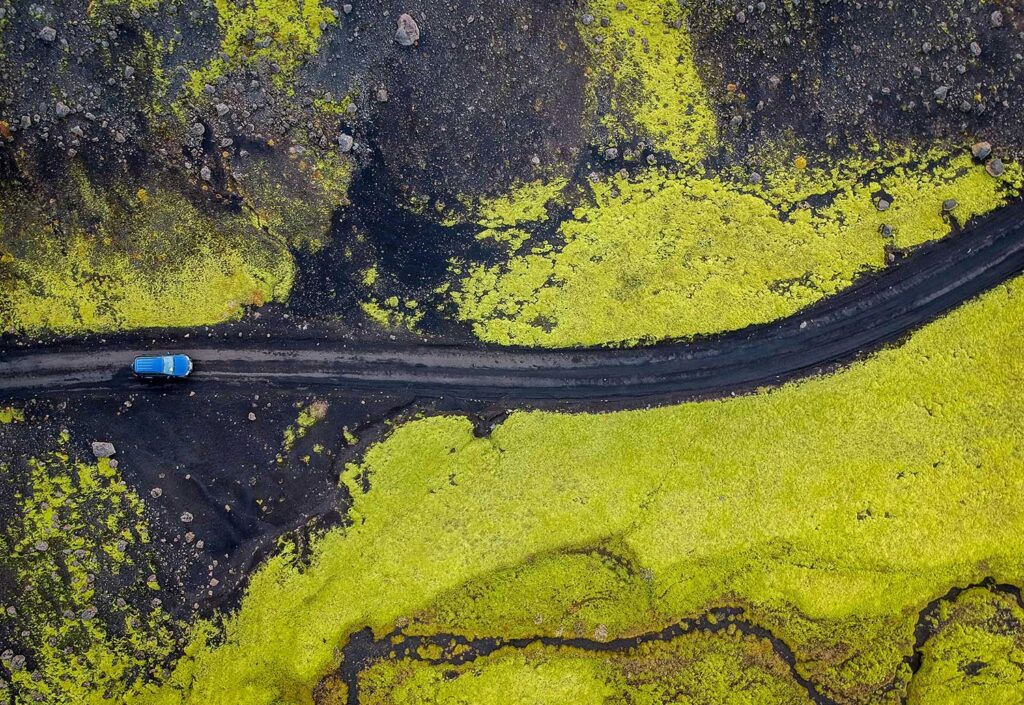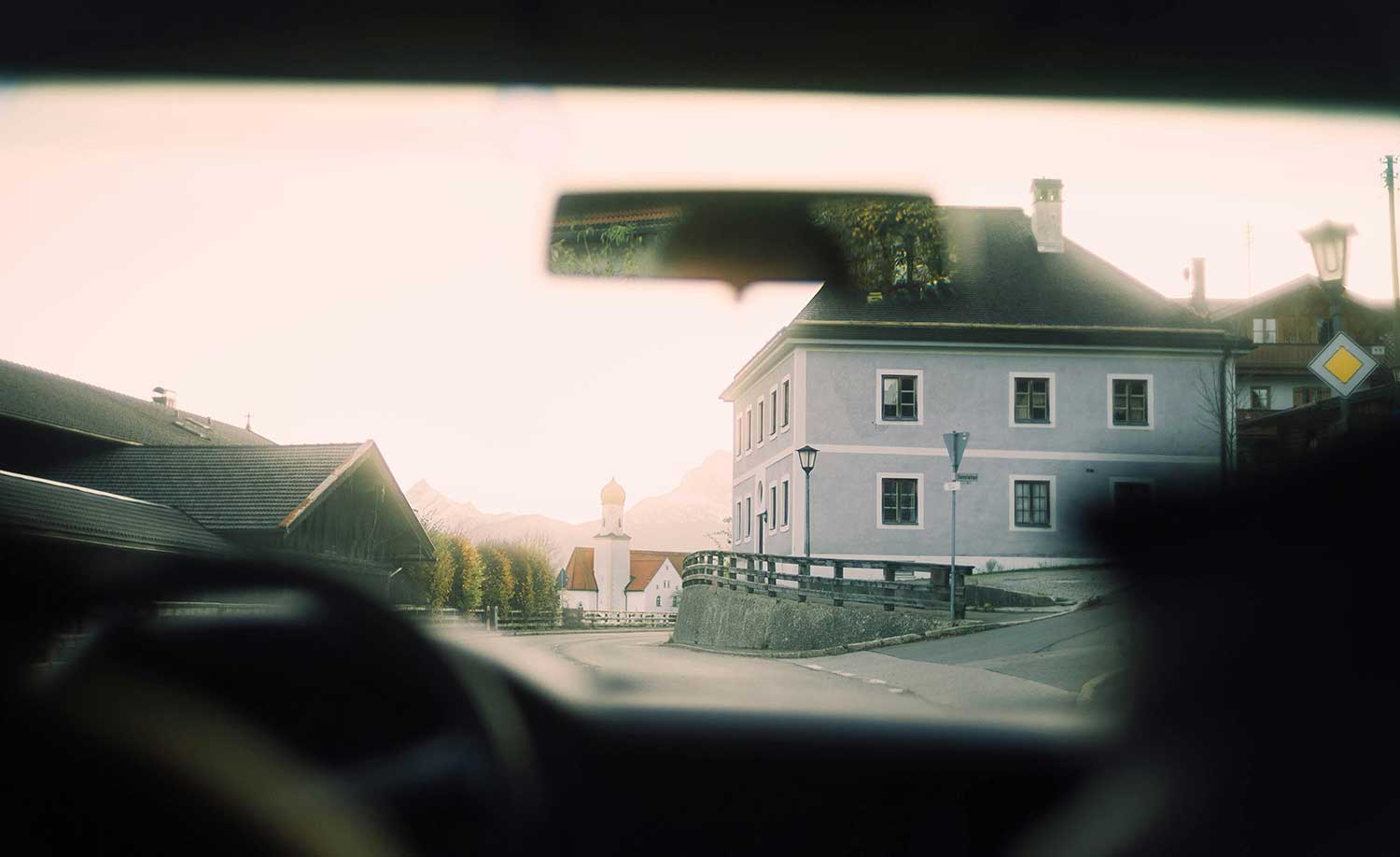I enjoy a good journey, and nothing says journey more than a good road trip. This is my favorite mode of travel. It allows you to see large swaths of the countryside while adding a lot of spontaneity to your trip for those unexpected gems you find along the way.
I’ve been on more road trips than I can count. From the Romantic Road – a scenic route in southern Germany connecting Würzburg and Füssen – to the misty highlands of Scotland in a rental that barely fit our luggage.
These epic journeys don’t just happen by chance; they are the result of some serious planning and a few lessons learned along the way. In this post, I’ll share my tried-and-true road trip planning tips to help you craft an unforgettable adventure.
Map Out Your Route
First, log on to Google Maps and map out your primary journey. Begin by marking your starting point, endpoint, and key stops. For instance, on our recent trip through Ireland, we knew our journey began in Dublin in the east, with the Cliffs of Moher and Galway on the west coast as our main destinations. We had one week to get there. Further research highlighted points of interest in Kilkenny, Cork, Kinsale, and Limerick. These stops began to dictate the most logical locations to seek accommodations.
Next, calculate driving times realistically. This will depend on the total distance to be traveled and the number of days available. Suppose your preliminary plan has you behind the wheel for an average of 8 hours per day. In that case, you may be biting off more than you should chew with very little time to actually see the sights. But also be aware that this may not be possible on some road trips. Some trips, such as Iceland, featured vast distances between points of interest, resulting in very long drives. My current sweet spot is driving 4-6 hours per day, which leaves ample time to sightsee and the flexibility to stop and explore unexpected finds.

Once underway, utilize available tools to check for road conditions or seasonal closures. Iceland, for example, has excellent road monitoring advisories online that proved extremely useful during our wintertime road trip.
The secret to a carefree and memorable road trip is to build in flexibility. There are two ways to do this for maximum effect. First, build in extra time to each day for unexpected stops. Second, have days with very little structure, allocated explicitly for exploring or discovering what comes along your path. These are best done on days when the travel distance is particularly long and no point of interest stands out during the planning phase.
Pro tip: Download offline maps. Google Maps is excellent, but cell service can often vanish on long road trips to remote areas – especially in mountainous regions. This happens more often than you’d think.
Pro Tip 2: I have a road trip rule (especially in foreign countries): Refuel once your fuel gauge drops below half a tank. I’ve learned the hard way that fuel stations disappear when you need them most. In foreign countries – even in modern Western Europe – fuel can be surprisingly hard to locate at times.
Budgeting
Road trips can be wallet-friendly or a black hole for cash without proper planning. Fuel can be a significant expense – especially in Europe. GasBuddy is a great app for finding cheap gas along your route, but it’s not available in Europe. When traveling abroad, try Waze instead. If Waze doesn’t work, there may be some other app specific to your country of travel.
Aside from possibly air travel, our most significant expense is lodging. We have transitioned from the hostels of our youth to the finer accommodations our later years appreciate. After planning our general path of travel and intended stops, we next work on finding suitable accommodations. These will determine our nightly stops or home bases for exploring a region.
There are always budget-friendly options available, like campgrounds or motels. Airbnbs can also be a mid-budget option that gives you that homey feel.
One important component of any successful road trip is food. Rest stops and roadside stores are a fast and convenient option, but grocery stores make more budget sense. Pack a cooler with drinks, snacks, and sandwich material to dodge overpriced rest stops.
Also, plan for and be prepared to pay tolls and parking. These relatively minor expenses can sometimes add up, but also be a real headache and time waster if not adequately educated and prepared beforehand.
Pack Smart and Be Prepared
Packing for a road trip is an art. Think about what is essential. If visiting truly remote locations, I always pack a GPS-enabled device as a backup – do not rely solely on your cell phone. Does your car have jumper cables? Better safe than sorry. Also consider, and do not underestimate, the climate. Adverse weather in remote locations should be a cause for proper preparation. Make sure you are prepared to stay dry and stay warm.
Clothing: layers, always. Comfortable driving shoes, sunglasses, and a hat. For entertainment, curate playlists on Spotify. It’s nice to have playlists themed by region. If you’re in Texas, country music is a must.
Choose Wisely
The magic of road trips is the journey, not just the destination. Meticulously research scenic routes like Route 66 or the Blue Ridge Parkway. Some big attractions – like a Grand Canyon hike – are a must, but make a concerted effort to find other lesser-known gems along the way. Talk with locals and ask gas station attendants for area tips. If you are visiting major attractions, try to time these stops as early as possible to beat crowds.
Try incorporating themes into your trip. On one trip through the South, we tried to sample as many BBQ joints as our stomachs could handle. For families, add kid-friendly breaks like natural history museums or hands-on archaeological sites.
Planning can be tedious, but the time spent is well worth it. A properly planned road trip will be more carefree and enjoyable. Safe travels.

